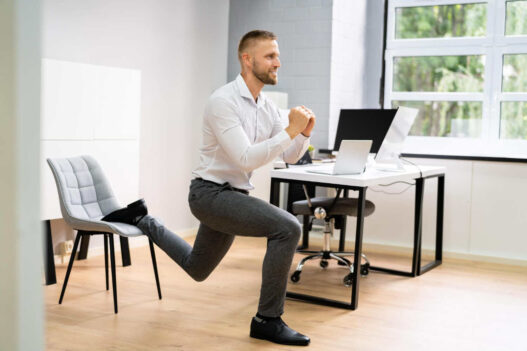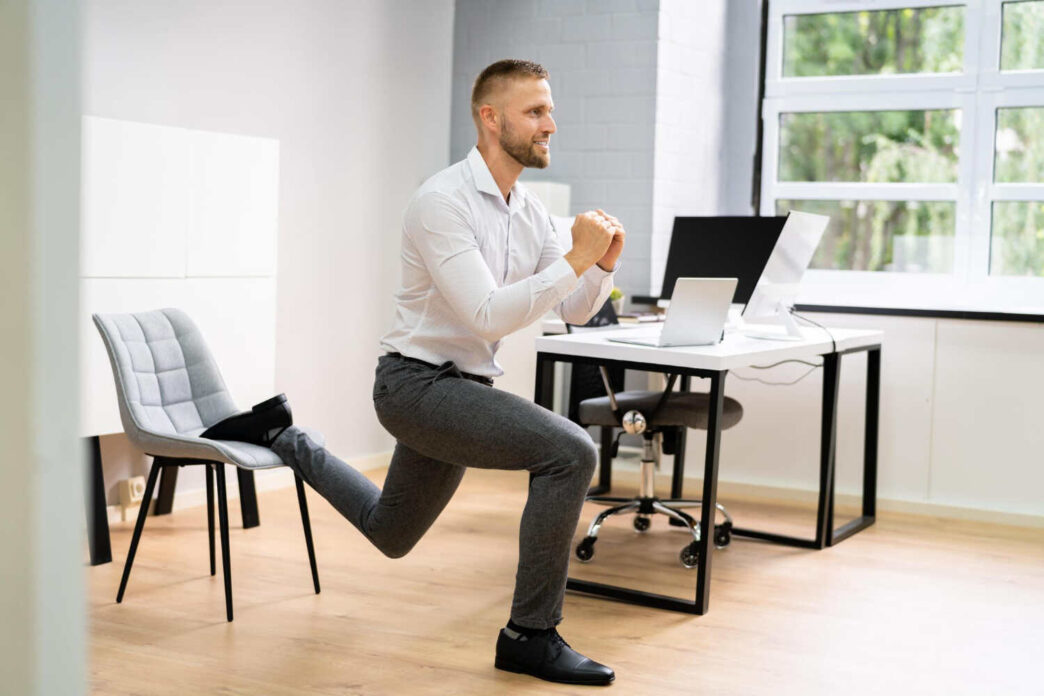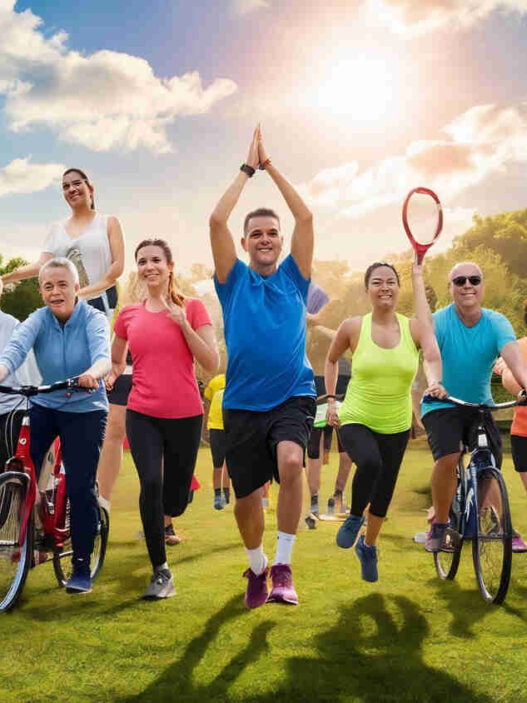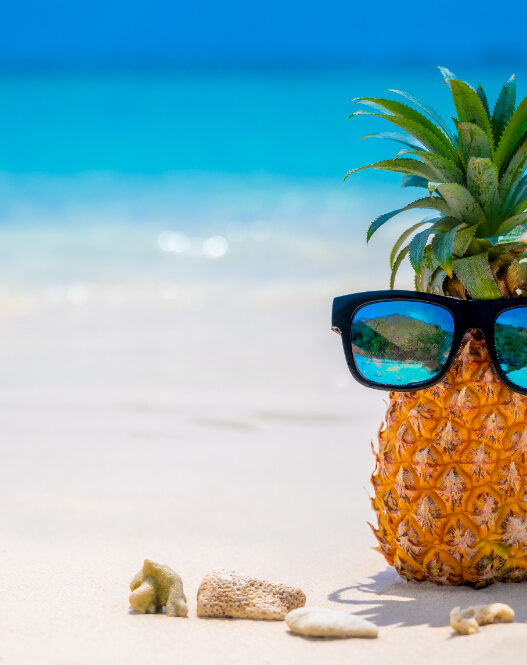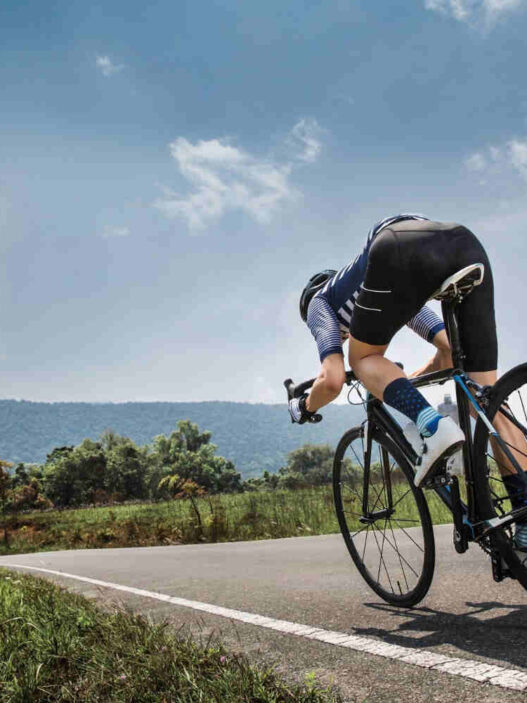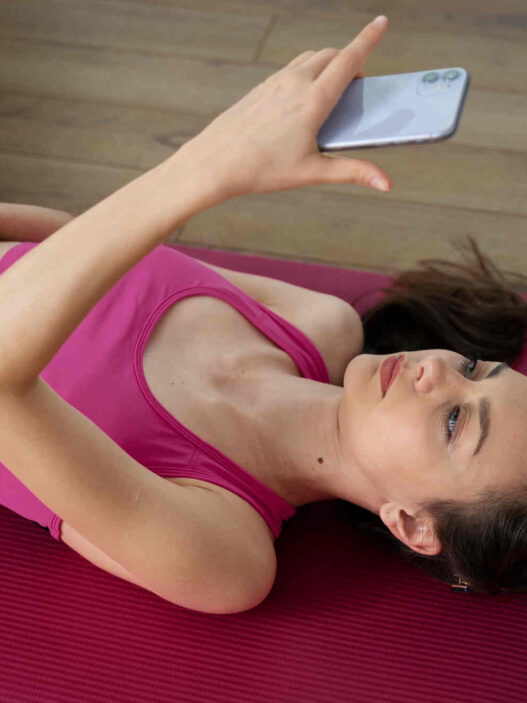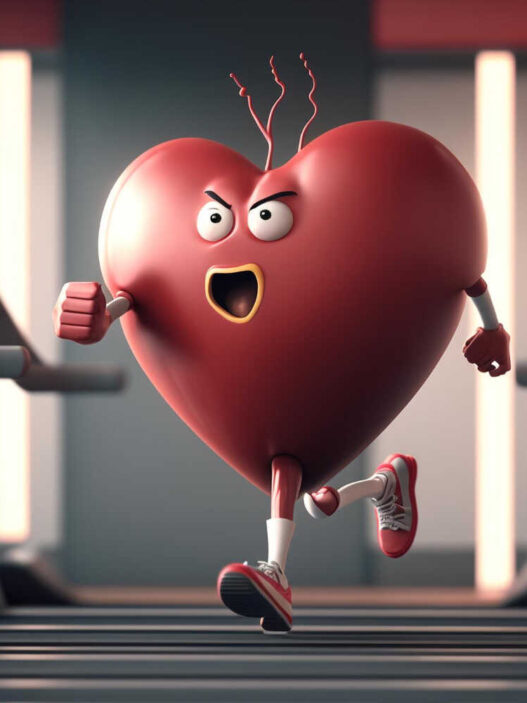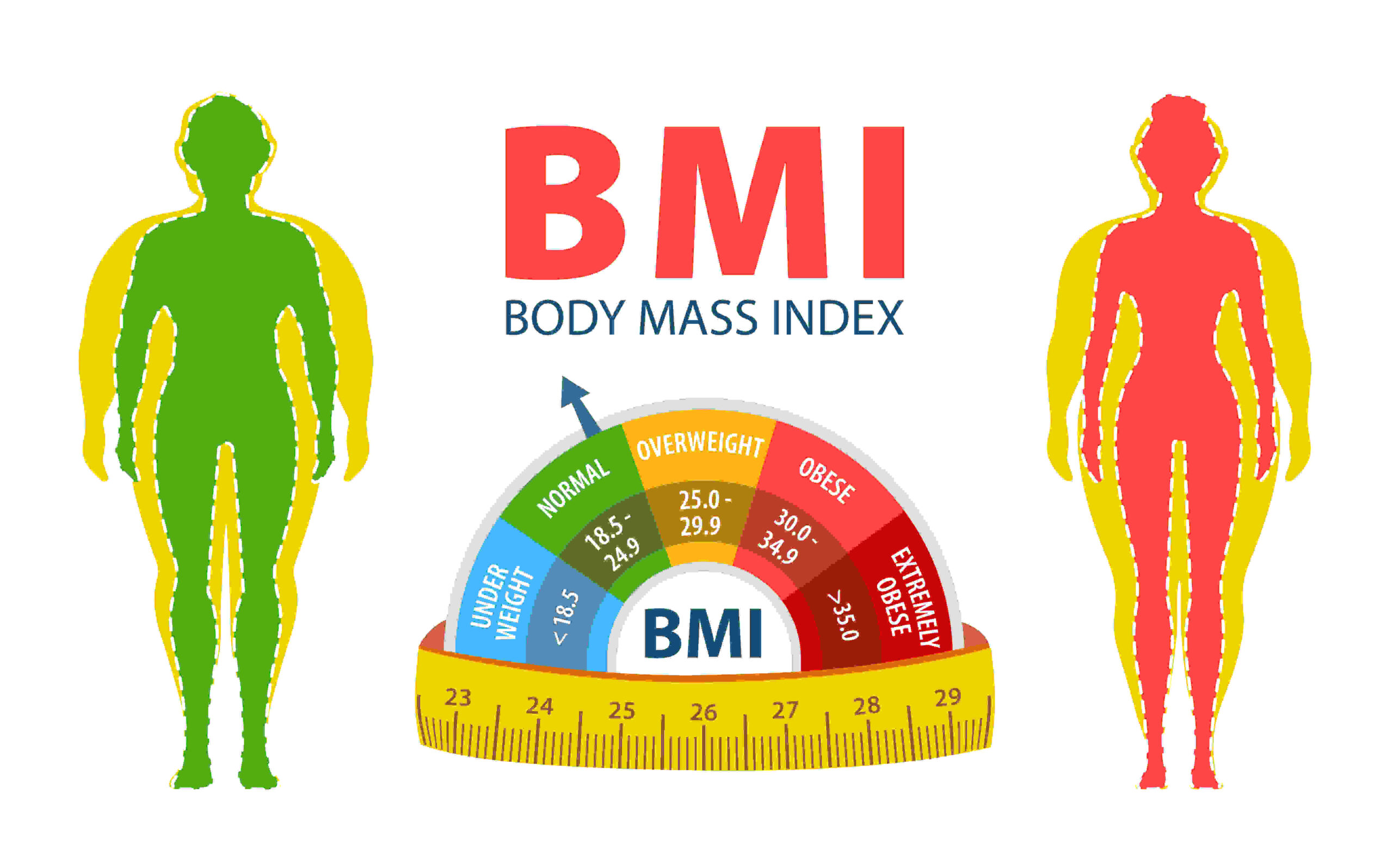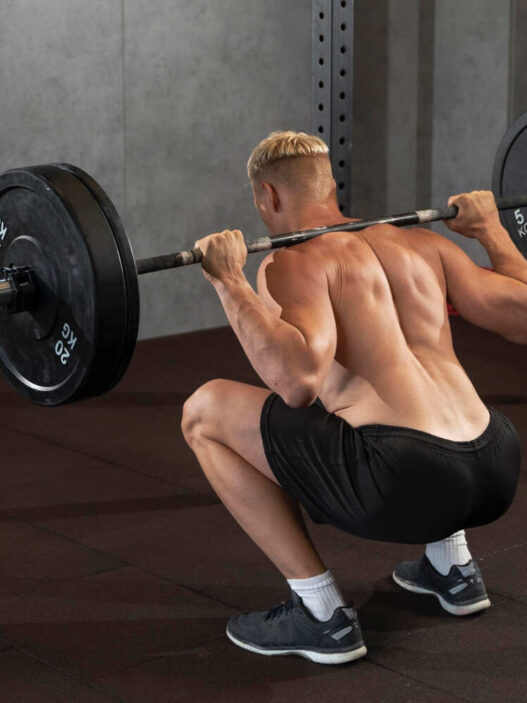In our modern world of long workdays, commutes, and countless time-consuming responsibilities, it’s hard to commit to carving out thirty minutes daily to exercise. But what if we don’t need to “exercise” in order to gain the benefits of physical activity? Research into a concept known as VILPA may provide a realistic solution.
Introduction
It’s difficult to convince people to exercise. There are a variety of reasons for this, none of which have to do with human frailty or lack of willpower. Life is complicated and busy, our schedules are jam-packed with responsibilities and obligations, our energy is low, and the last thing we want is another task on our to-do list.
On top of that, the way we evolved doesn’t promote an inherent desire to exercise. Daniel Lieberman, Ph.D., evolutionary biologist and author of “Exercised: The Science of physical activity, rest and Health,” puts it this way:
“We never evolved to exercise…because industrialized societies such as the United States fail to recognize that exercise is a paradoxically modern but healthy behavior, many of our beliefs and attitudes about exercise are myths…chief among these myths is the notion that we are supposed to want to exercise.” (1)
Nevertheless, we’ve been told by doctors, physical education teachers, and health experts our entire lives that we need to be exercising in order to maintain good health. After all, exercise is one of the most powerful modifiable interventions for avoiding disease and increasing lifespan. The human body, absent exercise, is prone to disease, whereas the human body, supplied with ample exercise, is much more likely to resist disease, and maybe even to mitigate symptoms associated with chronic disease.
With all of these demonstrated benefits, why are we so resistant to exercise?
Top Reasons for Not Exercising
In spite of the common knowledge that exercise is a health necessity, we struggle mightily to do it. Less than 50% of American adults get the recommended amounts of aerobic exercise, less than 25% get enough aerobic and strength exercise, and a quarter of adults don’t exercise at all. (2)(3) Young people don’t fare any better! Less than 25% of kids aged 6 to 17 get the recommended amounts of physical activity. This may, in part, be due to a lack of daily participation in physical education classes. After all, at the high school level, only 30% of the students attend PE every day. (4)
There are a number of cited reasons for avoiding physical activity, but lack of time is generally at (or near) the top of the list as the primary barrier to exercise for adults. (5) This is understandable. The modern work schedule is very demanding, with long work weeks that bleed into our weekends and long commute times for those not working remotely. (6)(7) On top of that, parental obligations that include shuttling kids back and forth between soccer practices, music lessons, and school events place additional demand on time for the nearly 85% of American adults who have children (8), and all of us (whether we have kids or not) have long lists of time-consuming tasks to perform related to our households, finances, social lives, spiritual practices, and families. In America, free time is a rare commodity.
Another one of the top barriers to exercise is fatigue. (5) In fact, surveys indicate that Americans are more tired than ever before, and considering all of the time demands outlined above that’s not surprising! (9) At the end of a long and busy day, it’s hard to muster the energy and desire to invest another 30 to 60 minutes in intentional physical activity. Other top barriers to exercise are cost, age, weather, lack of access to fitness facilities, and issues related to Social Determinants of Health, including pollution, safety concerns, and infrastructure issues like insufficient bike paths and walking paths. (5)(10)
The challenges we face when getting ample exercise are very real. Unfortunately, so are the health costs. It is well known that lack of physical activity can contribute to an increased risk of serious, chronic conditions like heart disease, type 2 diabetes, and cancer, while ample exercise can improve sleep, cognition, skeletal and muscle health, and an overall ability to perform daily activities. (11) With exercise being so beneficial to human health, but time, fatigue, and other issues being central to our avoidance of it, we need to devise solutions that provide the benefits while respecting the legitimate barriers that modern life presents.
Introducing VILPA
What if there was a way for us to gain the benefits, or at least some of the benefits, of physical activity without having to struggle through what we commonly consider to be “exercise,” and in a much more time-friendly way? This is where VILPA comes in. New research suggests that people who don’t want to “exercise” or “work out” can still produce “a 38%–40% reduction in all-cause and cancer mortality risk and a 48%–49% reduction in CVD (cardiovascular disease) mortality risk” by doing something nicknamed VILPA, which stands for “vigorous intermittent lifestyle physical activity“. (12)
Perhaps you’ve heard of “exercise snacking,” the concept of doing short durations of exercise throughout the day instead of one long bout of exercise. VILPA takes that approach and makes it even simpler. VILPA is made up of “brief and sporadic (for example, up to 1 or up to 2 min long) bouts of vigorous-intensity physical activity done as part of daily living, such as bursts of very fast walking while commuting to work or moving from place to place, or stair climbing,” but it distinctly does not include what we would formally refer to as “exercise” or “working out.” (12)
VILPA isn’t a group exercise class, a jog, or a weightlifting session. It’s made up of short bursts of vigorous physical activity that occur intermittently throughout the course of your day. This is a great option if you have no intention of ever training at a fitness studio of any kind if you would never in a million years lace up (and actually use) running shoes, or if you absolutely swear off weights. VILPA may be the solution for people who don’t consider themselves to be “gym people” or who struggle to make time for traditional 30, 45, or 60-minute sessions of organized exercise.
But it’s only great news if you actually integrate brief bursts of vigorous activity into your daily life!
How much VILPA is enough?
According to research:
“In the core VILPA analyses sample of 25,241 participants, almost all VILPA was accrued in bouts lasting up to 1 or up to 2 min: 92.3% of bouts lasted up to 1 min and 97.7% lasted up to 2 min. Excluding VILPA values of zero, the median and maximum VILPA daily duration was 4.0 and 16.0 min per day for both bout lengths; the median and maximum VILPA frequency was 3.0 and 11.0 length-standardized bouts per day.“ (12)
In its simplest form, we’re talking about vigorous bursts of physical activity that last one to two minutes and are conducted about three to eleven times daily. This rather minimalist approach may produce a significant reduction in the risk of all-cause mortality and death from cancer and cardiovascular disease and is a powerful illustration of how even a little exercise can be incredibly effective, and how small chunks of activity can deter disease. This isn’t likely to get you your “beach body,” but it may be enough to simply preserve general health.
Maybe your schedule is packed and it’s really hard for you to break away three to five times a week to go to a fitness studio or do some other form of intentional exercise. Maybe you can only make it once a week on average, twice sometimes. VILPA is a great way to supplement that on the days you can’t do a structured gym workout. Or maybe you just can’t stand organized workouts at all and, realistically, are never going to do them. In this case, VILPA may be a suitable stand-in, at least for the reduction of the mortality risks described above.
However, simple as it is, you still have to DO IT. So, find ways to:
- Do a short, brisk walk (as fast as you might go if you were late for an appointment) for a minute or two from the parking lot to the front doors of the mall or grocery store.
- Set your timer to remind you to run in place or do jumping jacks or squats for 60 to 120 seconds every few hours.
- Take the stairs whenever they’re available instead of taking an elevator or escalator.
Move, physically and vigorously, three to eleven times a day, for a minute or two. It’s not the perfect solution, but it’s also probably not going to get any easier or more accessible than this.
Conclusion
The benefits of exercise are well established, yet we struggle with it. We’re busy, we’re tired, and according to one recent study, about 50% of us simply don’t enjoy exercise. (13) We dislike it so much, in fact, that almost a third of us would rather reconnect with a high school bully than ever exercise again! (13) But if we throw out the common understanding of the definitions of “exercise” and “physical activity,” if we discard the old concepts of having to “work out” for stretches of 30, 45, or even 60 minutes at a time, and embrace the convenience of VILPA, maybe we can reap some of the health benefits of physical activity without the expectation of being a “gym rat.”
Sources
- Lieberman, D. E. (2021). Exercised: The science of physical activity, rest and health. Penguin Books.
- https://www.cdc.gov/nchs/fastats/exercise.htm
- https://www.cdc.gov/nccdphp/sgr/adults.htm
- https://www.cdc.gov/healthyschools/physicalactivity/facts.htm
- https://bmcpublichealth.biomedcentral.com/articles/10.1186/s12889-022-13431-2
- https://www.zippia.com/advice/average-work-hours-per-week/
- https://www.census.gov/newsroom/press-releases/2021/one-way-travel-time-to-work-rises.html#
- https://www.census.gov/library/stories/2021/12/no-kids-no-care-childlessness-among-older-americans.html
- https://www.safetyandhealthmagazine.com/articles/22112-exhausted-nation-americans-more-tired-than-ever-survey-finds
- https://health.gov/healthypeople/priority-areas/social-determinants-health
- https://www.cdc.gov/chronicdisease/resources/publications/factsheets/physical-activity.htm
- https://www.nature.com/articles/s41591-022-02100-x
- https://www.freeletics.com/en/press/news/half-of-americans-find-no-joy-in-physical-exercise-according-to-new-research-/.
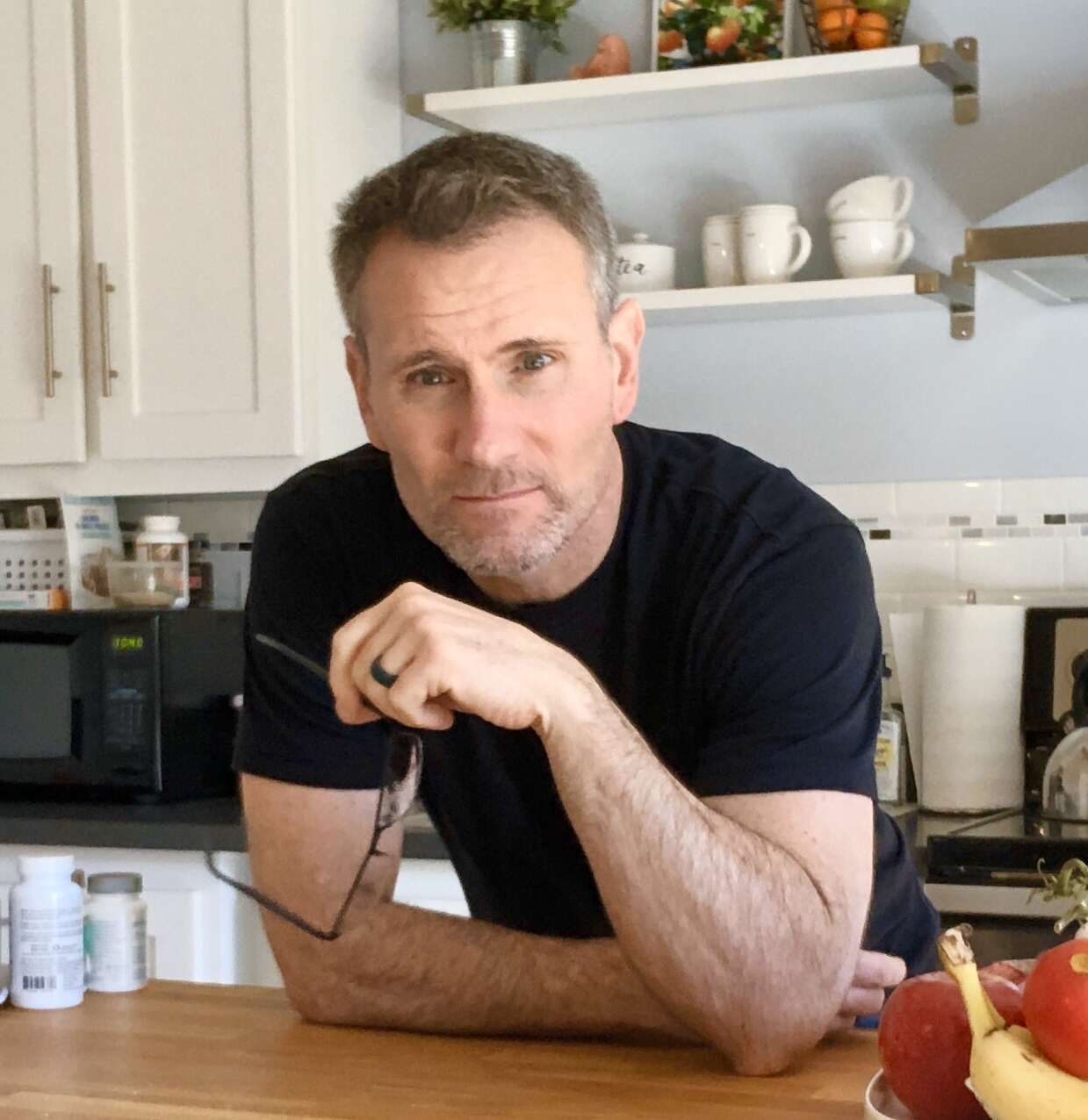
Jonathan Aluzas is a National Board-Certified Health and Wellness Coach (NBC-HWC) and former gym owner with over 20 years of experience in the field of health and wellness. He is the owner of Eat Move Recover Coaching and uses evidence-based approaches from the field of Lifestyle Medicine to help facilitate behavior change for improved overall health. Jonathan is based at Los Angeles, California.
